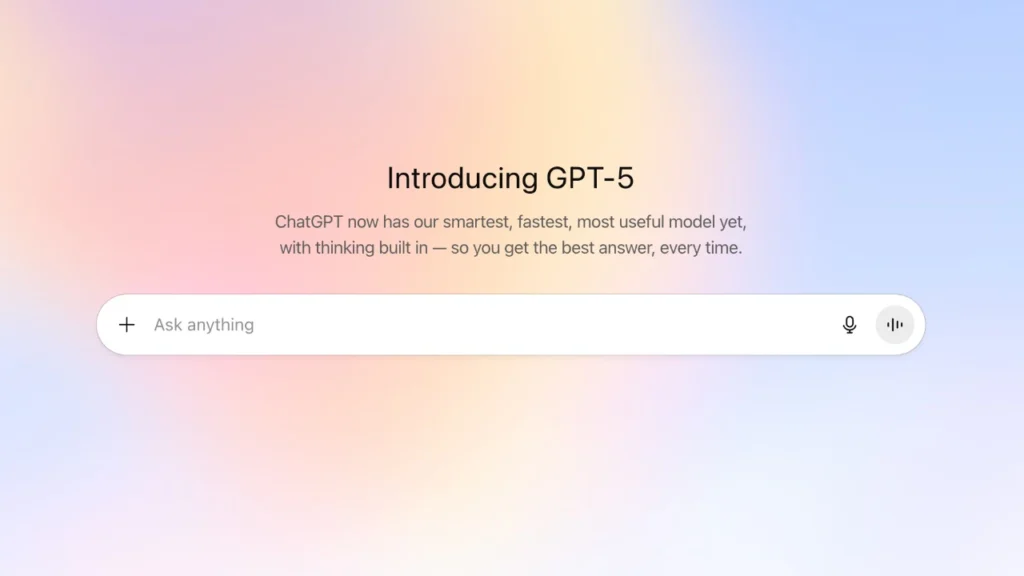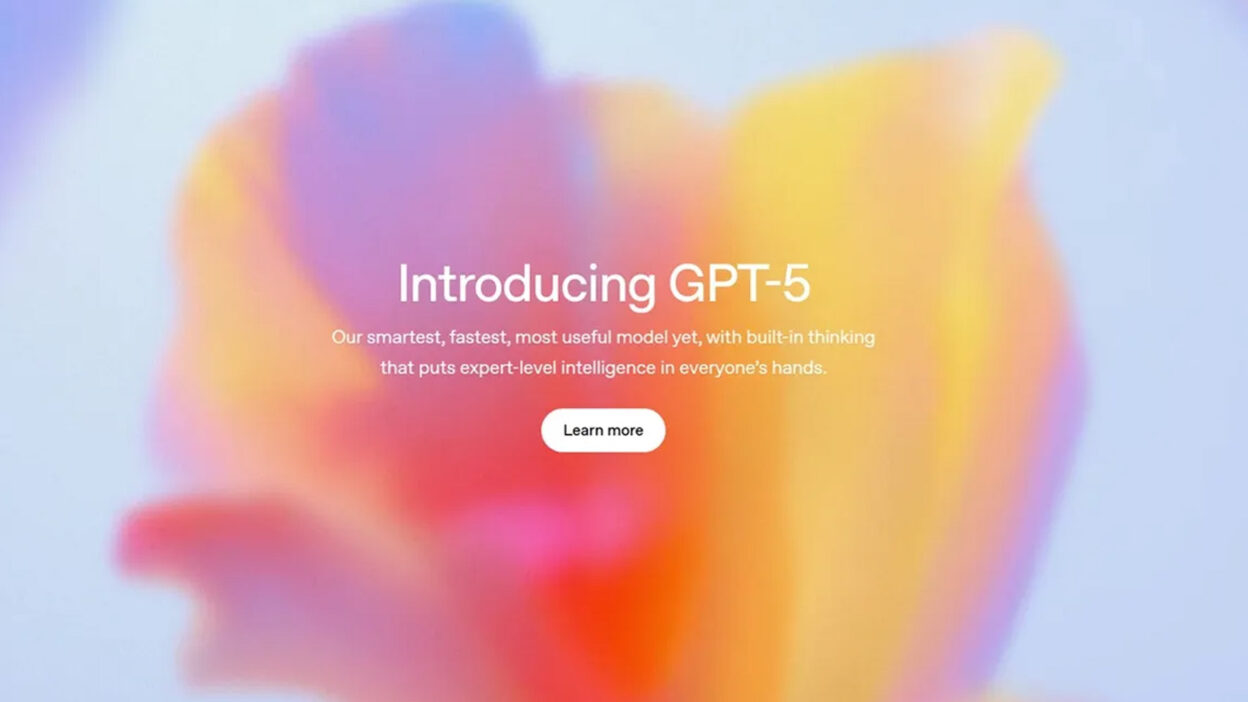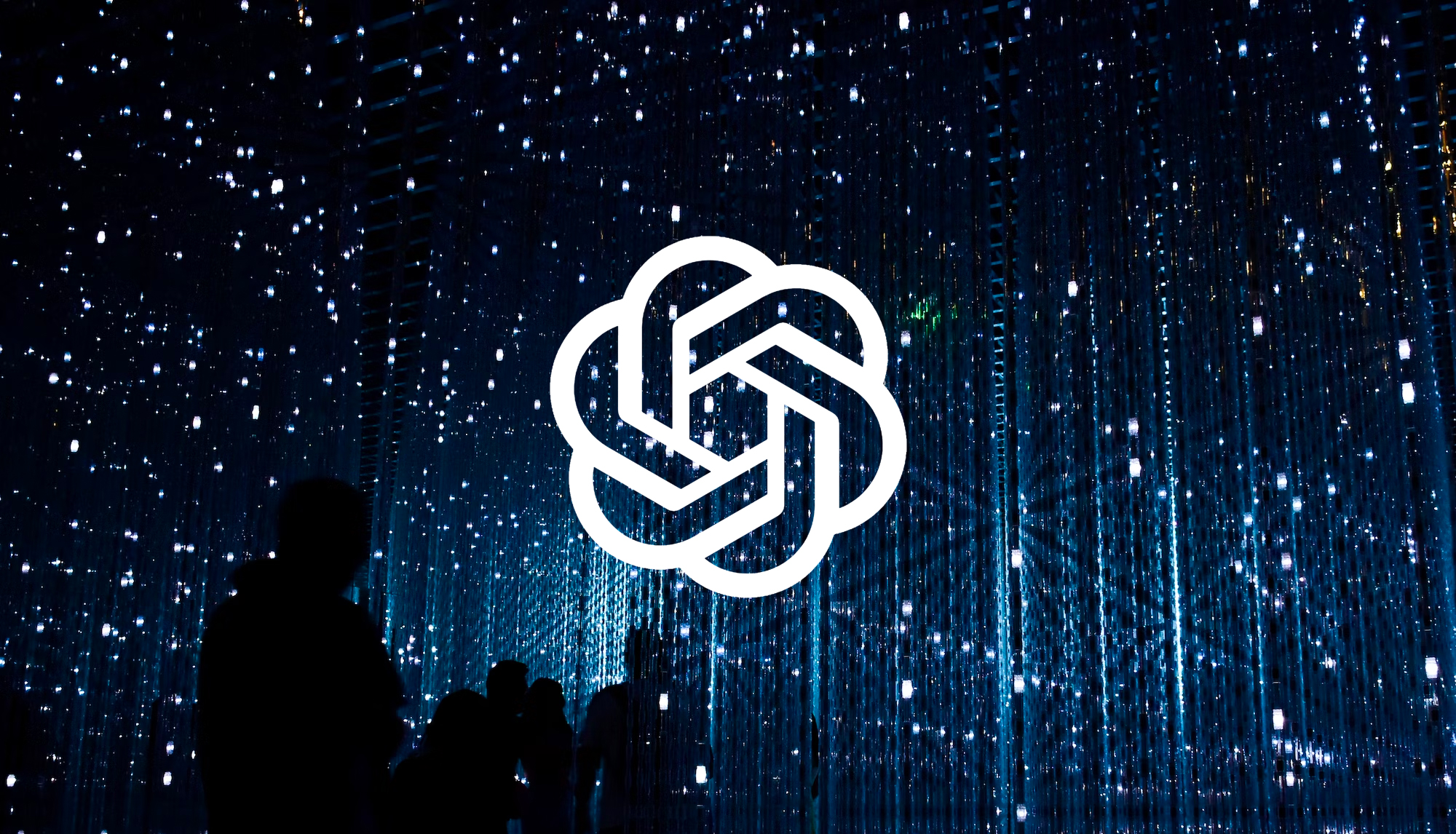The world of Artificial Intelligence is evolving at an unprecedented pace, and at the forefront of this revolution is OpenAI. With the recent launch of GPT-5, the successor to the widely acclaimed GPT-4, we are witnessing a monumental leap forward in AI capabilities. This isn’t just another incremental update; it’s a fundamental shift that redefines what we can expect from generative AI. This comprehensive guide will deep-dive into the key GPT 5 features and updates, exploring how they will shape the future of technology, business, and our daily lives.
The Evolution from GPT-4 to a “PhD-Level Expert”

OpenAI CEO Sam Altman has described GPT-5 as a “PhD-level expert,” a stark comparison to GPT-4, which he likened to a “college student.” This analogy perfectly captures the essence of the new model. While GPT-4 was exceptional at generating human-like text and solving complex problems, GPT-5 introduces a new level of reasoning and cognitive ability. The model can now think and reason deeply before providing an answer, reducing factual errors and providing more nuanced, context-aware responses. This shift from a high-performing student to a genuine expert is arguably the most significant update, as it makes GPT-5 a more reliable and trustworthy partner for high-stakes tasks.
A key technical improvement among the new GPT 5 features is the introduction of a real-time router. Instead of users having to manually select a model, GPT-5 automatically determines whether a query requires a quick, fast response or a more detailed, “deep reasoning” approach. This dynamic capability makes the user experience seamless and efficient. These new GPT 5 features demonstrate a commitment to user-centric design.
Key GPT 5 Features and Updates
The launch of GPT-5 brings a host of new capabilities that go far beyond simple text generation. Here is a breakdown of the most significant GPT 5 features:

1. Unparalleled Multimodal Capabilities
GPT-4 introduced the ability to understand images, but the new GPT 5 features take this a step further with true multimodal mastery. It can now seamlessly ingest and produce content across various modalities, including text, images, sound, and video. You can now show it a video of a faulty device and have it not only diagnose the problem but also provide troubleshooting steps, draft a support email, and even explain the underlying technical issue in simple terms. This integrated intelligence is a cornerstone of the new GPT 5 features, allowing the model to connect disparate data types contextually, creating a more holistic and intuitive user experience.
2. Advanced Reasoning and Reduced Hallucinations
Hallucinations, the phenomenon where AI models generate false or nonsensical information, have been a persistent challenge in the field. GPT-5 addresses this head-on, claiming to be 45% less likely to hallucinate than GPT-4o. This improvement is largely due to its “think before responding” architecture, which allows it to engage in internal chains of thought to produce more accurate and grounded answers. This is one of the most critical GPT 5 features for business applications. For businesses and researchers, this means greater trust in the information provided, reducing the need for extensive fact-checking.
3. Revolutionary Coding and Agentic Capabilities
GPT-5 is being hailed as the strongest coding model OpenAI has ever released. It can now create fully functional, responsive websites, apps, and games from a single, detailed natural language prompt. This capability is a game-changer, as it democratizes software development, allowing individuals with zero coding knowledge to bring their ideas to life. Furthermore, its agentic capabilities allow it to perform long-running, multi-step tasks by chaining together multiple tool calls. This means it can not only write code but also debug it, refactor it, and manage complex repositories, effectively turning it into a collaborative software engineer. These impressive coding GPT 5 features are set to reshape the tech landscape.
4. Expanded Context Window and Persistent Memory
One of the most frustrating aspects of previous models was their limited memory. Conversations would lose context after a certain number of turns, requiring users to re-explain their needs. GPT-5 drastically increases the context window, with API versions supporting up to 400k tokens, a significant jump from GPT-4’s ~128k tokens. This is a crucial one of the new GPT 5 features for long-term projects.
In addition to a larger context window, GPT-5 introduces a persistent, customizable memory. It can now recall your preferences, writing style, and previous conversations across different sessions and devices. This allows the AI to adapt and evolve with you, making it a true long-term partner in your projects. This memory is among the most exciting GPT 5 features.
5. Enhanced Personalization and Emotional Intelligence
The GPT 5 features also include greater steerability, allowing for a new level of personalization. It comes with four distinct personalities—Cynic, Robot, Listener, and Nerd—that users can select to adjust the AI’s tone and style. While these are preset options, they hint at a future where AI can adapt to a user’s emotional state, a capability dubbed “emotional intelligence at scale.” The model can recognize tone and rhythm to make educated guesses about a user’s mood, responding empathetically in therapy-related scenarios or changing its style based on the emotional tone of a customer support query.
6. Improved Performance in Specialized Domains
The new model shows significant performance improvements in specific, high-stakes domains, thanks to the core GPT 5 features:
- Healthcare: GPT-5 is now more medically aware, with enhanced abilities to interpret complex reports, flag potential health risks, and explain symptoms in layman’s terms. It can act as a virtual first-line assistant, helping users understand their health conditions and prepare questions for their doctors.
- Math and Science: It achieves state-of-the-art performance on academic benchmarks, demonstrating a deeper understanding of mathematical and scientific principles. It can provide step-by-step reasoning for complex problems, making it a powerful tool for students and researchers.
- Multilingual Support: OpenAI has noted that GPT-5 significantly improves multilingual understanding, particularly across 12 Indian languages, highlighting the company’s focus on the country as its second-largest market. These GPT 5 features are designed to serve a global audience.
The Future of AI with GPT-5
The launch of GPT-5 marks a critical inflection point for the AI industry. Its advanced reasoning and agentic capabilities have sparked a global conversation about the future of work and the nature of intelligence itself. The ability for AI to not just generate content but also to autonomously perform complex, multi-step tasks will revolutionize a wide range of industries, from software development to healthcare and beyond.
For Indian IT firms, these impressive GPT 5 features present both a challenge and an opportunity. While some fear that GPT-5’s coding prowess could dent revenues by automating routine tasks, others see it as a chance to pivot toward higher-value, AI-augmented services. Companies that learn to leverage this new technology to slash delivery times and reinvent their pricing models will emerge as leaders in this new era.
The path forward for AI is not without its challenges. The rollout of GPT-5 has seen some initial user feedback and a temporary return of the model picker, showing that balancing performance, speed, and user preferences is a complex task. Yet, the overall direction is clear: we are moving toward a future where AI is not just a tool but a highly intelligent, adaptable, and indispensable partner in our personal and professional lives. The full suite of GPT 5 features is the first major step in that journey.





